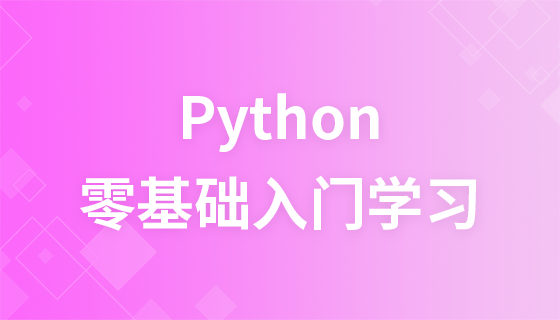
C#中的多键字典
C#本身并不支持多键字典这种数据结构。然而,一些开源库提供了此功能。
基于元组的实现
一种常见方法是使用元组作为键。元组是一种数据结构,它表示多个值的集合,每个值都有自己的类型。例如,以下代码定义了一个包含两个键(一个字符串和一个整数)的元组:
<code class="language-csharp">var tuple = (key1: "key1", key2: 1);</code>
然后,您可以将元组用作字典的键:
<code class="language-csharp">var dictionary = new Dictionary<Tuple<string, int>, string>(); dictionary.Add(tuple, "value");</code>
基于结构体的实现
另一种选择是定义一个自定义结构体来表示多键值。以下代码定义了一个包含两个字段的结构体:
<code class="language-csharp">public struct Key
{
public string Key1 { get; set; }
public int Key2 { get; set; }
}</code>然后,您可以将结构体用作字典的键:
<code class="language-csharp">var dictionary = new Dictionary<Key, string>();
dictionary.Add(new Key { Key1 = "key1", Key2 = 1 }, "value");</code>值对象实现
一种更复杂的方法是定义一个类来封装多个值并强制执行值语义。这种方法提供了一种简洁且易于维护的方式来处理多键数据。以下代码定义了一个包含两个字段的值对象:
<code class="language-csharp">public class ValueObject
{
public string Key1 { get; private set; }
public int Key2 { get; private set; }
public ValueObject(string key1, int key2)
{
Key1 = key1;
Key2 = key2;
}
public override bool Equals(object obj)
{
return obj is ValueObject other &&
other.Key1 == Key1 &&
other.Key2 == Key2;
}
public override int GetHashCode()
{
return HashCode.Combine(Key1, Key2);
}
}</code>然后,您可以将值对象用作字典的键:
<code class="language-csharp">var dictionary = new Dictionary<ValueObject, string>();
dictionary.Add(new ValueObject("key1", 1), "value");</code>以上是如何用C#实现多键字典?的详细内容。更多信息请关注PHP中文网其他相关文章!




